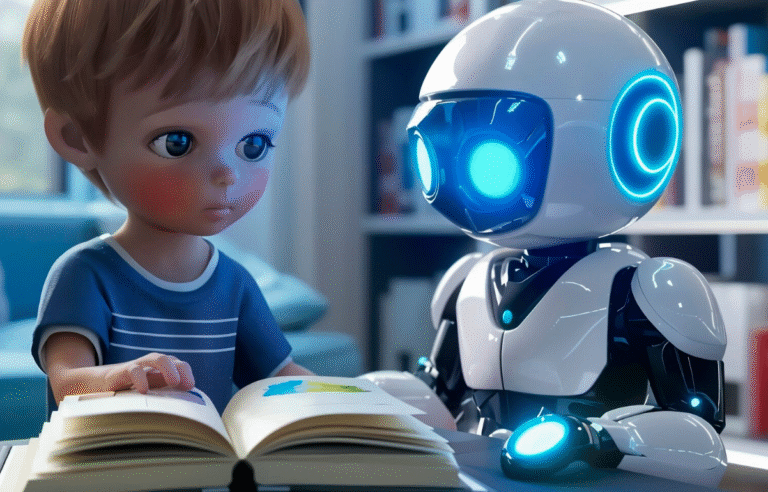In the era of smart devices, voice assistants, and AI-powered apps, technology is no longer silent—it listens. But does it really understand us? There’s a growing distinction between tech that hears and tech that listens. One captures sound. The other seeks to comprehend.
As we integrate more conversational interfaces into daily life, this distinction becomes critical—not just for user experience, but for privacy, ethics, and human connection.
1. What Does It Mean to Hear?
Most voice-enabled technology today “hears” in the technical sense. Microphones and sensors pick up vibrations and convert them into digital signals.
Examples of hearing tech include:
- Voice-to-text systems
- Call transcription services
- Devices that respond to trigger words like “Hey Siri” or “OK Google”
These tools are reactive. They recognize sound and may act on it—but they don’t interpret deeper context or emotion.
2. What Does It Mean to Listen?
To listen, in a human sense, is to:
- Understand intention
- Detect emotion
- Consider context and nuance
“Listening” technology strives to move beyond the surface. It analyzes tone, sentiment, and conversational flow. It’s not just about what you say—but how you say it.
Examples include:
- AI therapists that detect emotional distress in voice
- Customer service bots that adapt to frustration or urgency
- Language models that offer context-aware responses
Listening tech attempts to build empathy into the machine-human interface.
3. The Stakes of Misunderstanding
When tech hears but doesn’t listen, problems arise:
- Misinterpretation: A command might be technically correct but contextually wrong.
- Frustration: Users repeat themselves or clarify unnecessarily.
- Bias and harm: Systems that don’t account for tone, dialect, or cultural cues may reinforce stereotypes or exclude users.
Effective listening technology aims to bridge this gap with smarter natural language processing (NLP), emotion recognition, and user personalization.
4. Privacy and Ethical Boundaries
With listening comes responsibility. As tech becomes more “aware,” it raises serious concerns:
- When should machines listen?
- What should they remember?
- Who controls the interpretation of tone or sentiment?
Voice data is intimate. Listening tech must navigate consent, transparency, and data protection carefully.
5. The Future: Listening as a Skill, Not a Feature
In the future, successful technologies won’t just hear commands—they’ll engage in dialogue. This includes:
- Adapting tone based on user mood
- Understanding implied needs (e.g., stress in a user’s voice)
- Responding in ways that feel genuinely supportive or human
True “listening” tech won’t aim to imitate humans perfectly, but to enhance communication, reduce friction, and build trust.
Conclusion
As we move from interfaces that hear to those that truly listen, we unlock more natural, intuitive, and human-centered experiences. But with that progress comes a challenge: ensuring that machines listen with care, respect, and accountability.
The difference between hearing and listening isn’t just semantic—it’s the future of meaningful interaction between people and machines.




